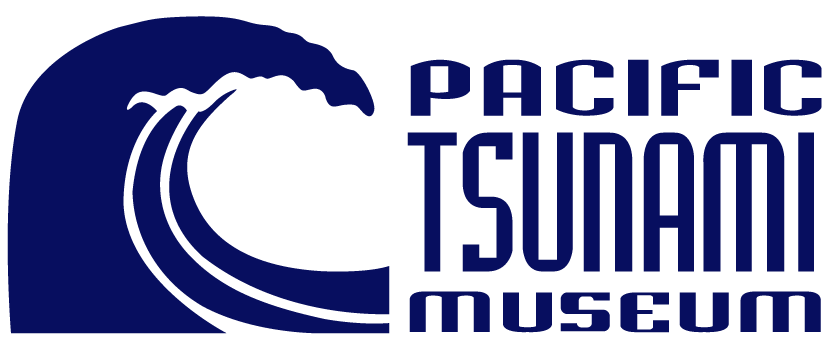Frequently Asked Questions (FAQs)
Where is Hilo Hawai’i?
Hilo, pronounced (hee-low), is located on the windward (eastern) coast of the island of Hawai’i, 200 miles southeast by air from Honolulu, the state capitol. Nestled between the flanks of the volcanic peaks Mauna Kea and Mauna Loa, Hilo is situated around Hilo Bay, the second largest deep water port in the island chain. As of the 2010 census, the Hilo population is approximately 44,000 residents. Hilo is famous for its rainfall (about 120 inches per year).
The geographic isolation of the Hawaiian Islands has resulted in unique assemblages of plants and animals found nowhere else on Earth. Surrounded by Pacific Ocean, the history of the Islands has been shaped by the interactions between land and sea. Hilo occupies a unique spot in this history, having been frequently subjected to devastating tsunami waves. In terms of property damage and loss of human life from tsunamis, Hilo surpasses all other areas in Hawai’i.
Hilo is affected by tsunamis for many reasons, one of which is the local topography and bathymetry. The orientation of the Hawaiian Ridge and coastline, with respect to the direction and approach of a tsunami, plays an important role. Also, small funnel-shaped bays, like Hilo Bay, harness the tsunami wave energy and amplify the heights of the waves, leading to greater destruction. In years past, Hilo was built up right down to the water’s edge, and these structures sustained heavy damage during past tsunami events.
“Tsunami” is a Japanese word which translates as “harbor wave”, now used internationally to refer to a series of waves traveling across the ocean with extremely long wavelengths (up to hundreds of miles between wave crests in the deep ocean). When these waves approach shore, the speed of the wave decreases as they begin to “feel” the bottom. It is at this time that the height of the wave drastically increases. As the waves strike shore they may inundate low-lying coastal areas, resulting in mass destruction and in many instances loss of life. Often a tsunami is incorrectly referred to as a tidal wave. Tidal waves are simply the periodic movement of water associated with the rise and fall of the tides produced by the gravitational attraction of the sun and moon. Tsunamis have no connection with the weather nor with tides.
This section has been designed to answer many of the common questions concerning the nature of tsunamis, their occurrence here in Hawai’i and the Pacific region, and what scientists and civil authorities have done to improve our understanding and prevent loss of life from this destructive natural phenomenon.
Please read on and discover the fascinating facts about tsunamis! If you have trouble with any of the terms, look them up in the Tsunami Glossary.
